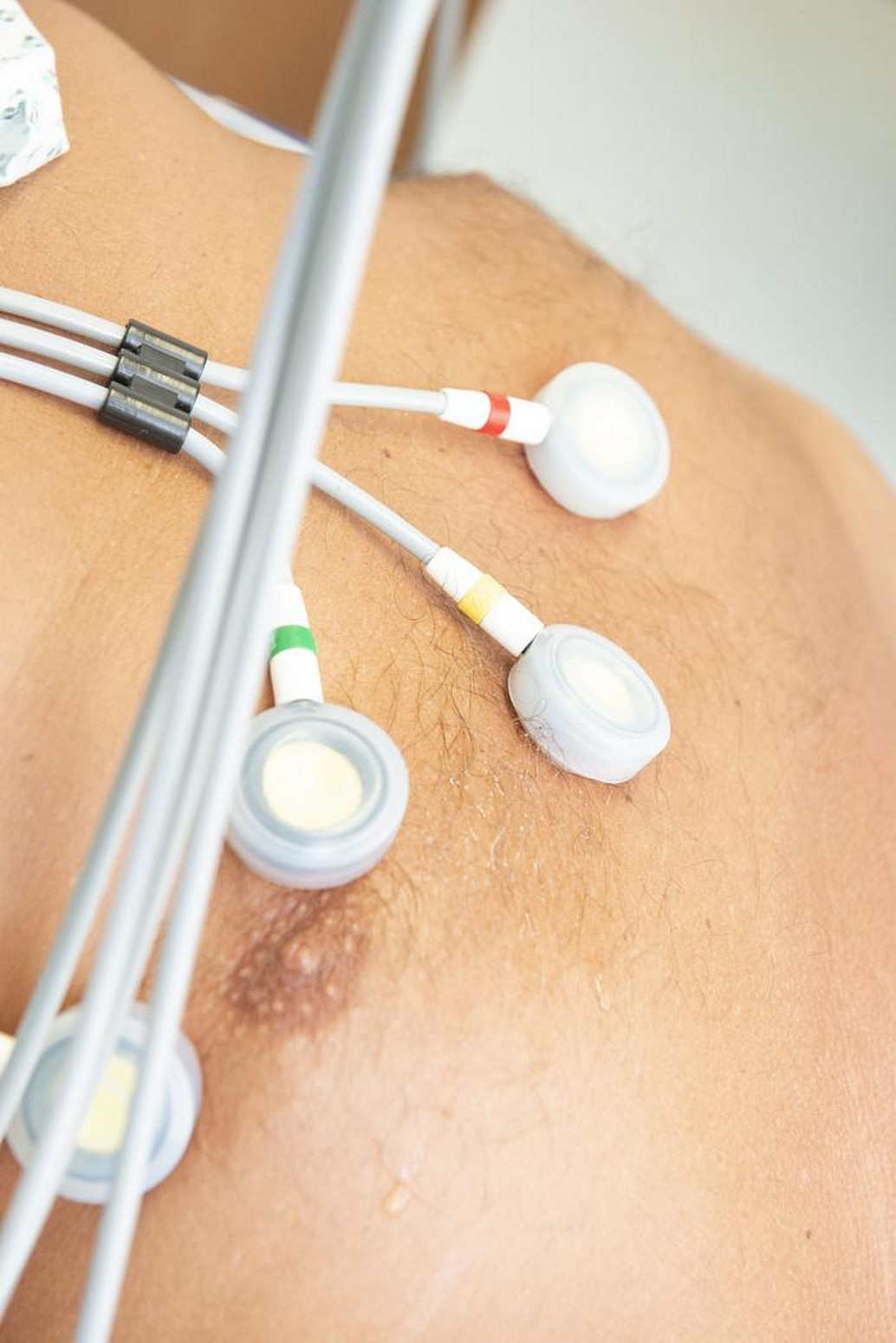
Study Center Examination
As part of the study, a comprehensive health check will be performed with a focus on the cardiovascular system as well as vascular health. Depending on the age group, the examinations performed may vary slightly, as we would like to collect the most conclusive information possible from all individuals.
Please note that some of the measured values are currently still only collected for purely scientific reasons, i.e. not all examinations have comparative values that allow us to classify your individual results in comparison to other people of your age and gender. For this reason, not all of the examinations performed will be listed in your results report.
The following examinations are currently being performed at the study center:
After appropriate processing, the stool samples will be stored in the biomaterial bank of the University Medical Center Mainz for later investigations.
This examination is only performed for people over 44 years of age.
Telephone Interview
In the study, we are interested in finding out about changes in health status. We therefore call our participants every 2.5 years and ask them, for example, about hospital stays, the occurrence of new illnesses etc. since the last appointment at the study centre or since the last telephone interview. As a small reminder, all participants receive a study diary when they visit the study centre, in which all changes relevant to illness and health since the last examination at the study centre can be entered.
Please Note
The Gutenberg Health Study is an observational study. The comprehensive individual examinations are performed in a comparable (standardized) manner for all participants and are conducted without individual consultation or treatment. The results of the examination will be available for discussion with the attending (family) practitioner. They can integrate the results in the existing health history and, if necessary, initiate further examinations.


